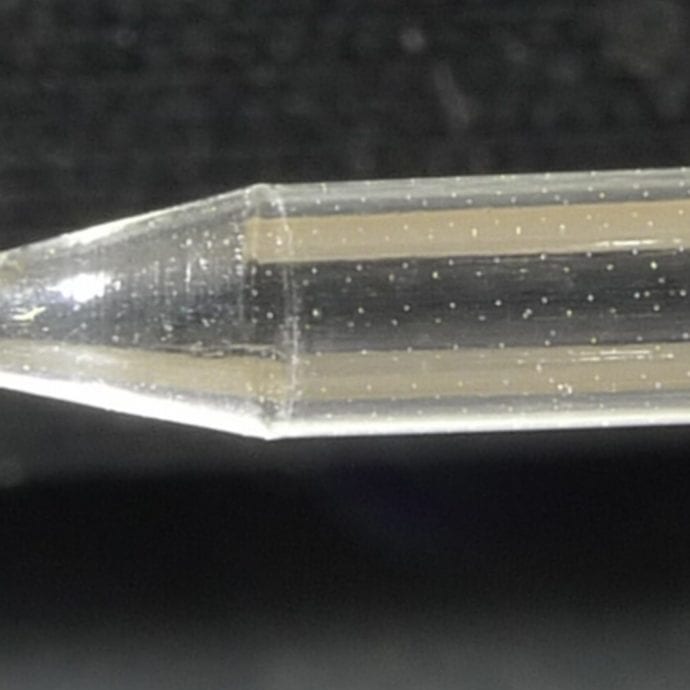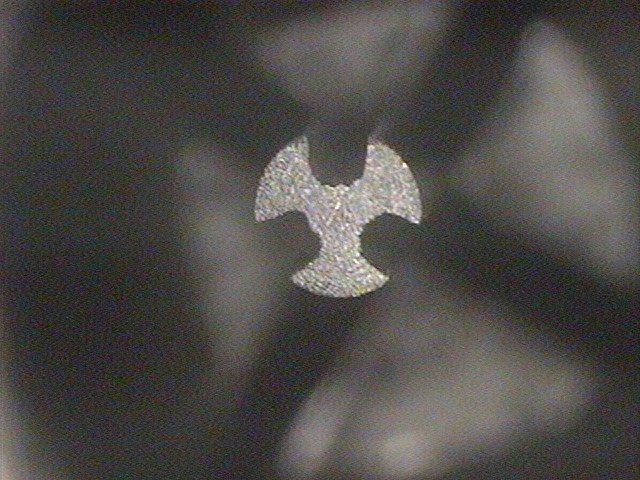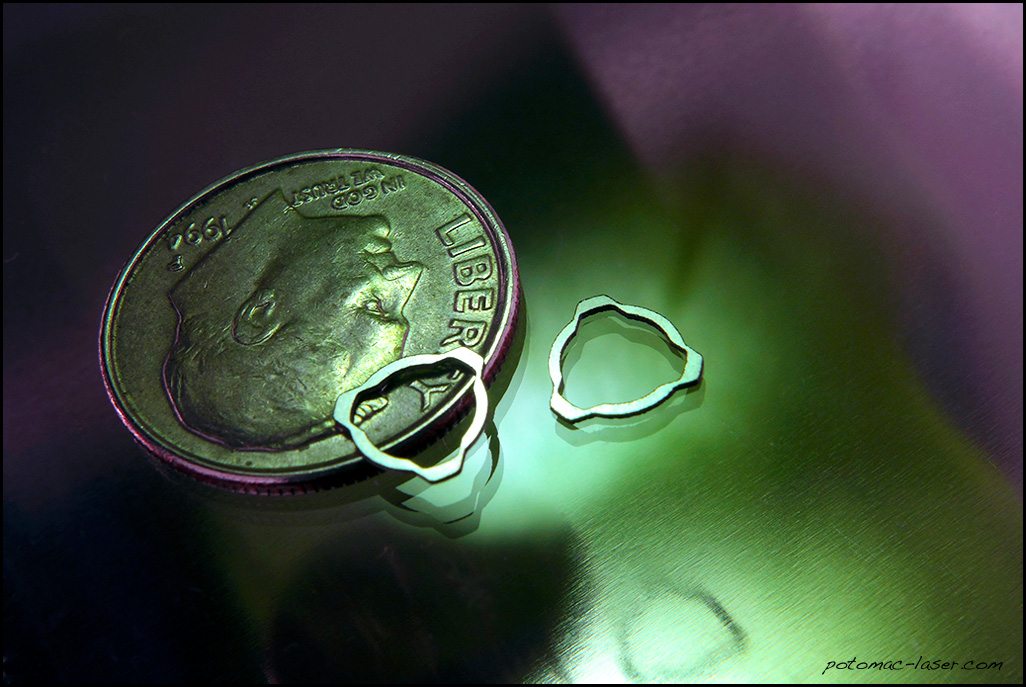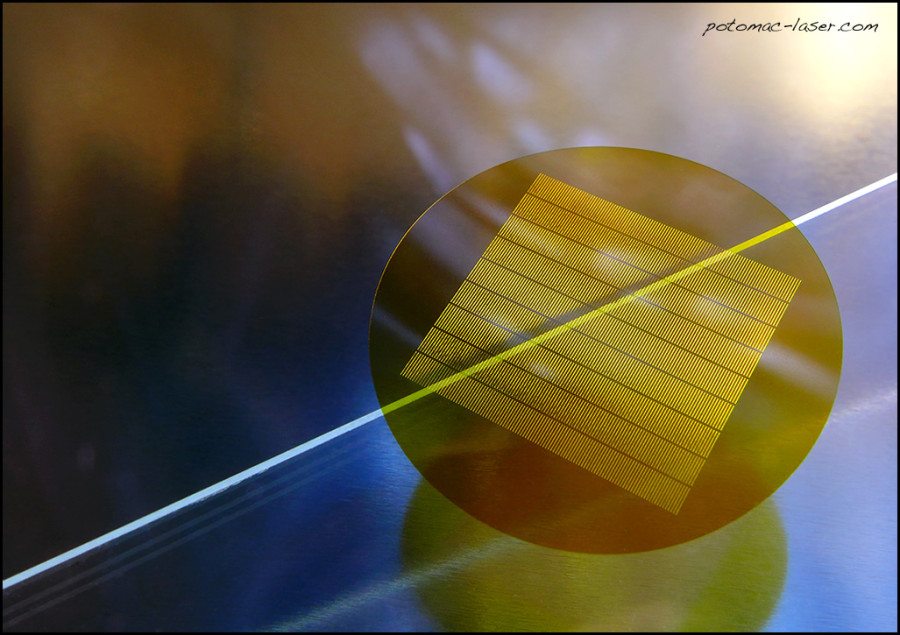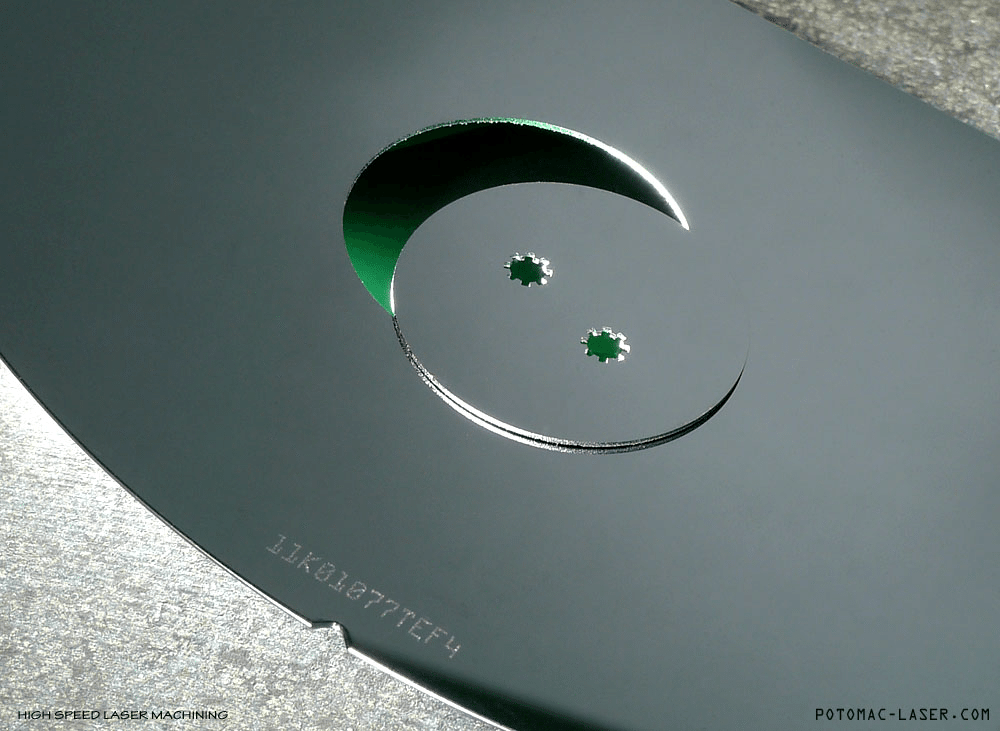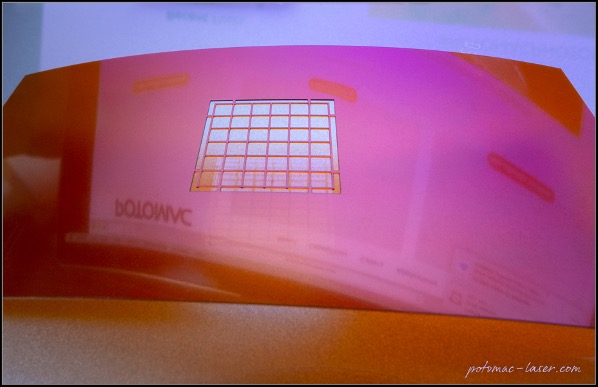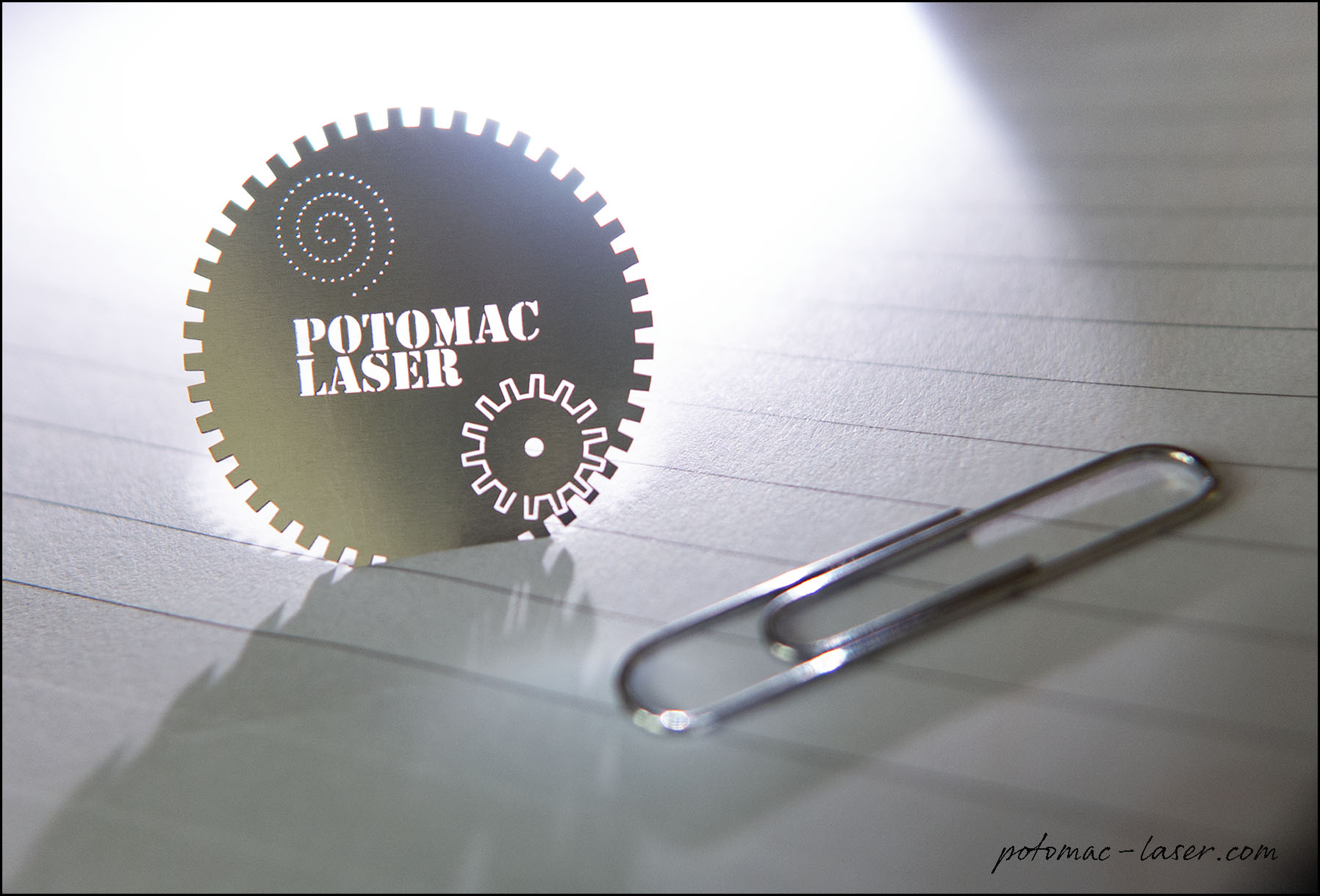Laser Micromachining
”Since 1982, Potomac Photonics has been setting the standard for Laser Micromachining Services.”

Rapid Turnaround Laser Micromachining Services for Prototyping and Production Projects
Potomac Photonics offers a broad range of cost-effective and highly repeatable laser micromachining capabilities that are available for applications ranging from prototyping through production manufacturing. With a variety of laser sources from deep UV excimer to Nd:YAG lasers, we can micromachine most materials (eg. polymers, metals, ceramic, glass). Our Engineers will choose the most appropriate laser system to micromachine your parts, based on feature sizes, tolerances, volume, and material.
- 193nm
- 248nm
- 266nm
- 355nm
- 532nm
- 1064nm
- 10600nm
Visit our Gallery to see examples of:

We are continually developing new laser micromachining capabilities and have been recognized by many of our customers for developing processes to manufacture their parts where others have fallen short. Our laser micromachining systems are equipped with some of the most cutting edge optics configurations, motion systems and parts handling fixtures in the world. We take pride in pushing the limits of laser micromachining technology from a process, quality and cost perspective.
In addition to laser micromachining parts, we have successfully developed applications for the fabrication of molds and fixtures that require small features and tight tolerances For example, we can laser micromachine a mold for Hot Embossing applications typically in less than a day.
For more information about Micromachining please see:

